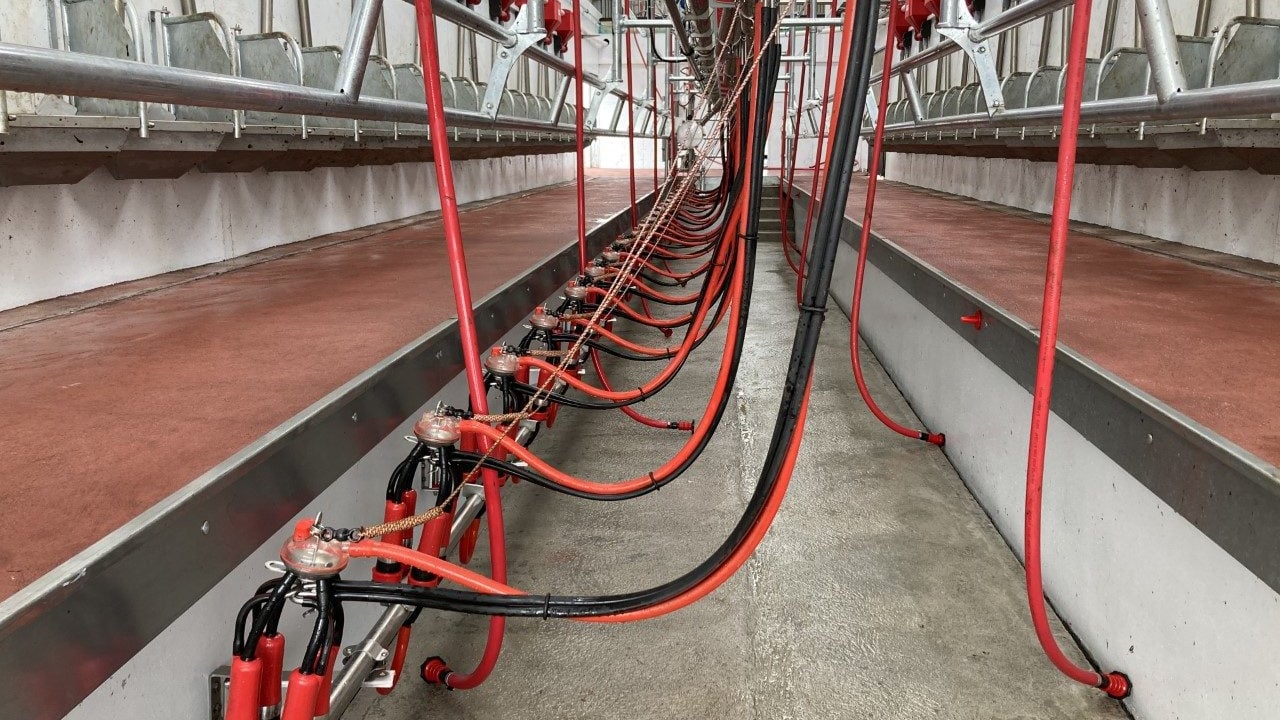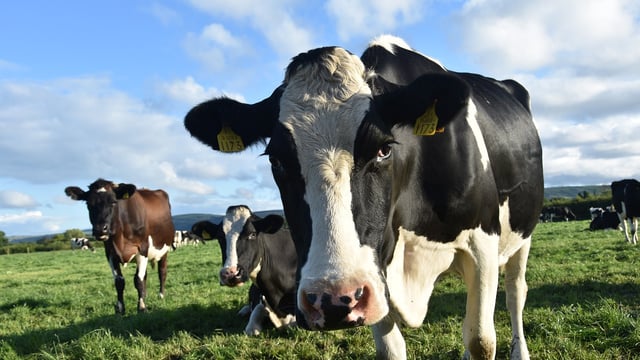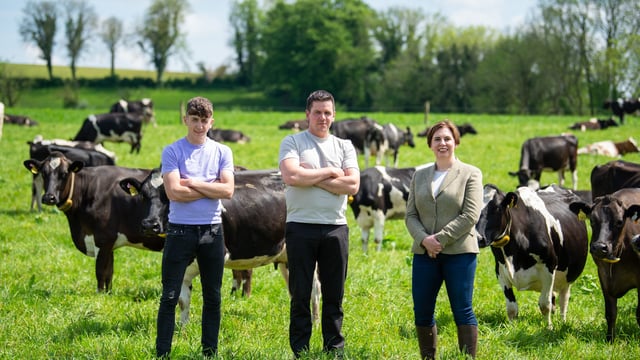Dairy markets: GDT index up almost 4% in latest auction results
The Global Dairy Trade (GDT) index has recorded an increase of 3.7% following the latest auction event today (Tuesday, February 4).
The index figure now stands at 1,264, the highest figure since July of 2022.
The 3.7% increase follows on from a 1.4% increase that was recorded on January 21.
The index has now seen two increases in succession, following two decreases in succession on December 17 and January 7.
Of the last 12 GDT trading events (including today's), going back to August 20, the index has recorded eight increases versus four decreases.
The average price of product sold today was €4,181/metric tonne (mt), with a total of 23,854mt of product sold.
182 bidders participated in the event, with 102 winning bidders emerging across 19 bidding rounds lasting two hours and 43 minutes.
Looking at the product sub-indices, the auction saw increases for all product types except butter milk powder (BMP) and mozzarella, which saw slight decreases of 0.4% and 0.1% respectively (reflecting average prices of €3,009/mt and €4,046/mt respectively).
Of the remaining products, lactose saw the biggest gain, increasing by a significant 17.7%, for an average price of €1,022/mt.
Skim milk powder (SMP) and whole milk powder (WMP) also performed well, increasing by 4.7% and 4.1% respectively (for prices of €2,759/mt and €4,058/mt respectively).
Cheddar saw an increase of 3.7% for an average price of €4,891/mt, while butter increased by 3.4% for a price of €7,029/mt.
Finally, anhydrous milk fat (AMF) recorded an increase of 2.4%, for an average price of €6,585/mt.
In news related to dairy markets, a new report from Rabobank has said that dairy farmers worldwide are experiencing the “pressure of rising milk production costs”, with Ireland one of the regions identified in a new Rabobank report where total production costs “have surged”.
Rabobank researchers compared costs in local currencies and found that dairy farmers in Ireland experienced one of the biggest jumps in production prices – in the region of between 30% to 40%.
The report also highlights that the operating cost environment for average milk producers is likely to be “more expensive and variable over the next 10 years” compared to the last decade.
It said the key factors driving up costs are “structural factors such as regulatory pressures, energy transition costs, climate change impacts, and higher interest rates”.





